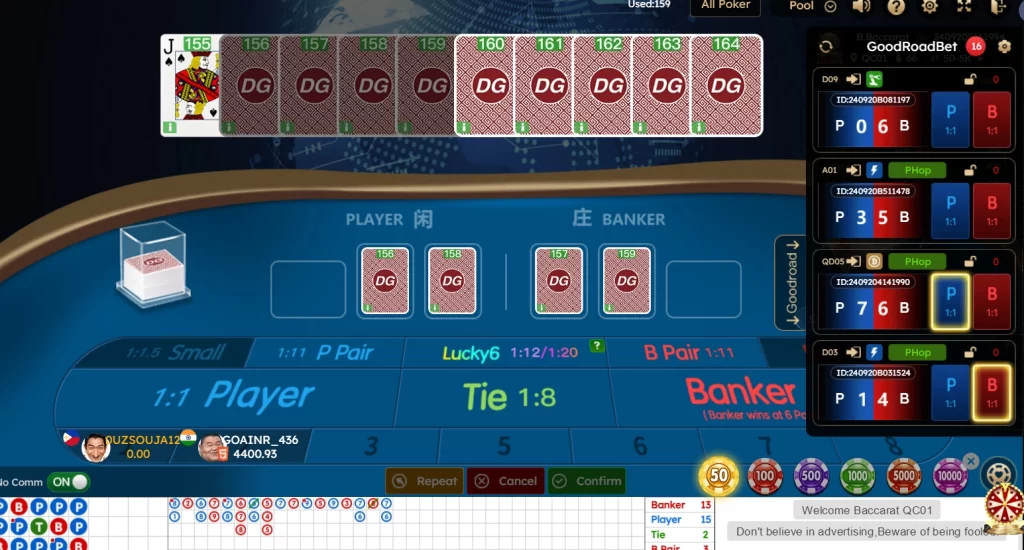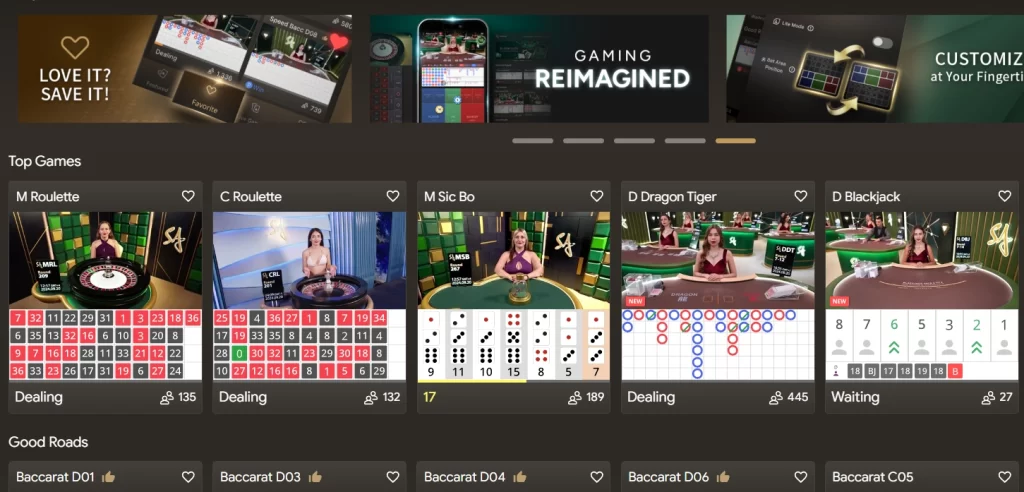People describe poker as a game that requires skill, but it is also a game in which luck and strategy go hand-and-hand. Among all the tactics available to one who plays poker, bluffing is truly exceptional and challenging. Bluffing in GG777 poker is not only about playing the cards in your hand; it is also playing the opponents. It’s an artistic expression that is capable of turning a game from defeat to victory. This article will help you in mastering bluffing, give you tips and tricks so that you can play safer and smoother poker games when bluffing.

Bluffing from a Psychological Perspective
Bluffing is just as mental a weapon in poker strategy as it is operational. A successful bluff can only be executed if your opponents truly believe that you hold a better hand than they do. It demands a thorough knowledge of the human psyche and fluency with gambling tells.
The Power of Perception
In poker, how others perceive you determines whether you win or lose. Presentation on the table, including betting modes, body language and personal conduct can sway what opponents believe about another player A central part of deceit is trying to fabricate facts in which your competitors will believe. As an instance, should have played cautiously, a sudden forceful bet is likely to convince the other players that you actually do have a good hand and can afford risky winning odds even though in fact you are bluffing.
Reading Your Opponents
It is also about knowing your players and bluffing. Each reaction, every bet they make and any tell tale sign. Certainly some players are more bluffable than others — novices who may fear their hands aren’t regular, or experienced players who recognize an obvious weak move. Further, tailor your strategy to the players you are facing.
Types and Variations of Bluffing in Poker
Bluffing is not like walking into a shopping center and choosing your clothes off the rack. Bluffs come in different types that suit different situations and player styles. Knowing this can help you decide which bluff to use at the right moment.

Pure Bluff
A pure bluff, also called a ‘stone cold’ or ‘complete bluff’, is when you place a bet or raise with a hand that has little to no chance of winning if called. With this kind of bluff the only criterion is skill in making your opponents fold. Pure bluffs are most perilous and should only be used as a last resort, but when successful they bring in very rich rewards.
Semi-Bluff
A semi-bluff is a bet or raise that you make with the hand that does not yet value but still has very good chance to become strong later in the game. Of course, you might opt to semi-bluff if you have a flush draw or an open-ended straight draw. So now, the good/bad thing is, even when your bluff does get caught (and you call) and youre already behind on a hand/combo drawyou can still hit that Lucky.
Continuation Bluff
A continuation bluff is simply when you follow up your pre-flop raise with more bets, despite whether the flop helped your hand or not. This bluff is easiest to pull off if you have already been playing solid, aggressive poker and your opponents are therefore more likely to believe you when you say that the flop hit something for yourself.
To Bluff or Not to Bluff, That is The Question
One must know when to bluff. If you bluff too much, your opponents will catch on; if you never bluff your opponents, then the pot will run away with no chances of stealing. The following are some considerations when deciding whether or not to bluff:
Game Image
The way your image is assessed at the table is a significant determinant of how your bluffs will be viewed. If you have been playing conservatively and then – bang on a sudden bluff! – your opponents do not expect this. On the other hand, not-for-the first time in this column: if someone has seen that you like to bluff alot or have been caught doing it multiple times, then naturally their trust of your bluffs decreases sharply.
Position
One of the hints concerning when to program a bluff is placing. Bluffing in a late position can be more powerful because you have seen what your opponents do before they decide. It is worth pointing out that bluffing in a very early position presents itself as being riskier since at the start of your hand you have known nothing about what cards your opponents could play with.
Number of Opponents
Obviously, the more opponents you’re betting against makes it much less likely that your bluff will work but if they all look weak and there are few in number…once again-fire away! This is because bluffing more then 1 opponent also means there will be a higher chance that someone has caught some of this draw and so they are calling.
Board Texture
The board, the community cards on the center of it also can sway you to bluff or not. If the board is representing hands that could easily complete a straight or flush, and your betting looks like you might just have one of those hands yourself-the usual bluffing form-your feint will be more believable than if everything has come clean.

Modifying the Frequency of Your Bluffs
Bluffing is an art form of its own. As any tool is good only when used properly (and conversely, very bad if used wrong even once), so bluffing needs to be limited. Bluff often and you’ll be pegged as a loose player, leading quickly to more calls from other players. (in contrast) Bluff seldom enough and you’ll miss many a good opportunity to take down the pot without the best hand at show-down time.
Veering from the Straight and Narrow
If you are predictable, your opponents will be at an advantage. Making your play varied from game to game and not always bluffing in these situations or with those hands helps to confuse the opposition, making it harder on them to pick up the location of your next bluff.
Bluffing in Tournaments vs. Cash Games
The same bluffing strategy can’t be used in every situation Mark, because baseball and football each have their own unique strategies. In a tournament with increasing blinds and thus more pressure on each player it’s natural that people become more cautious-they’re easier to bluff. At the highest levels (where this kind of thinking goes against standard poker principles) you may be able to bluff your way through such cau ‘onus players. Indeed,in general, without deep stacks or many players at table, bluffs are often pointless.
The Pros And Cons Of Bluffing
Bluffing is a gamble all by itself.Call a bluff and you’re betting the other guy can’t convince you he really holds that hand.However, if your bluff is uncovered you could lose in no time at all more than half of your chips.But well done, bluffing gives you pots that weren’t there for the taking anyway and it gets over opponents without having to pass hands.
Deciding When to Cut the Semantics
It’s a useful skill for you to be able to make a bluff when the right time comes, that tells when to fold your hand and save on chips for another opportunity. It’s naive simply to say “Keep on going.” This successful call implies knowing just when one must step back.
The Dividend of Time
Doesn’t check and does a bluff pay off in the long term? While you might not succeed with chips in the game of bluffing (or even lose them to another player’s bet when calling), speaking up as even an attempt at lying can sometimes cause your opponents to think that you bluff all time left. This sets them up for later errors.
Conclusion
Bluffing is a key tool in any poker player’s bag of tricks. It is an aptitude that requires continuous practice and patience, alongside a comprehensive comprehension of both the game and your enemies. So learn from the masters and use these tactics to make more people hesitate at your bluffs, confuse their strategy plans and give you another invaluable bit of information on how they like to play!
The next time you sit at the poker table, remember these tips and be ready to play your opponents in the greatest mind game.
